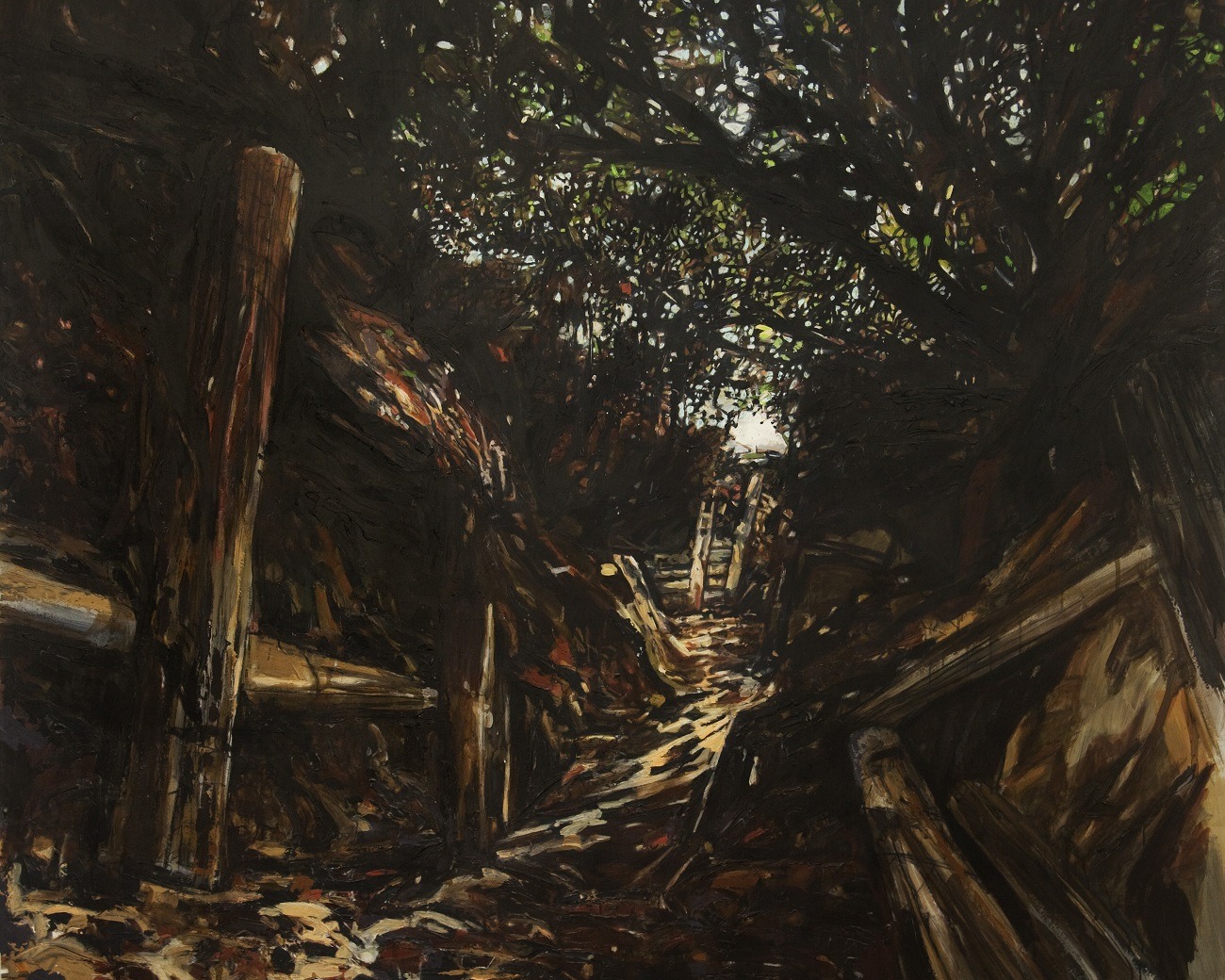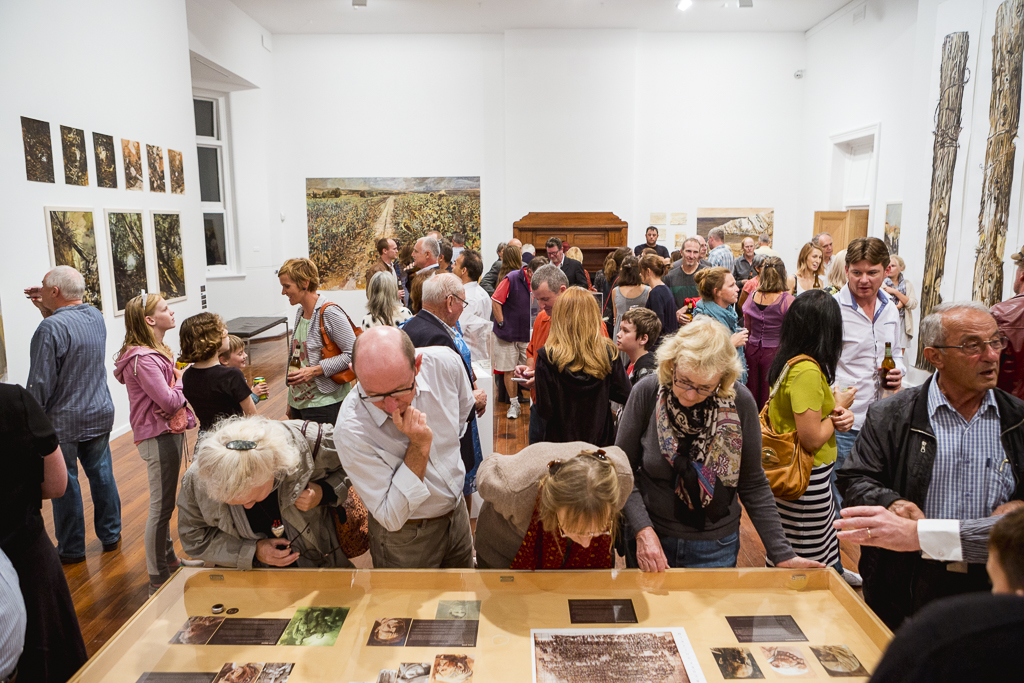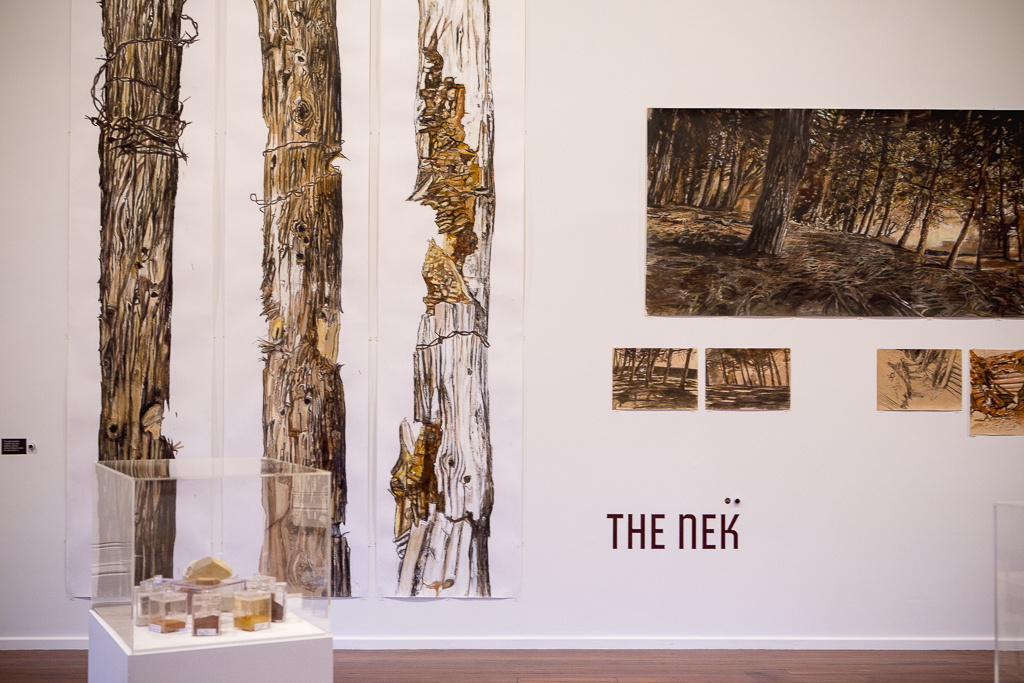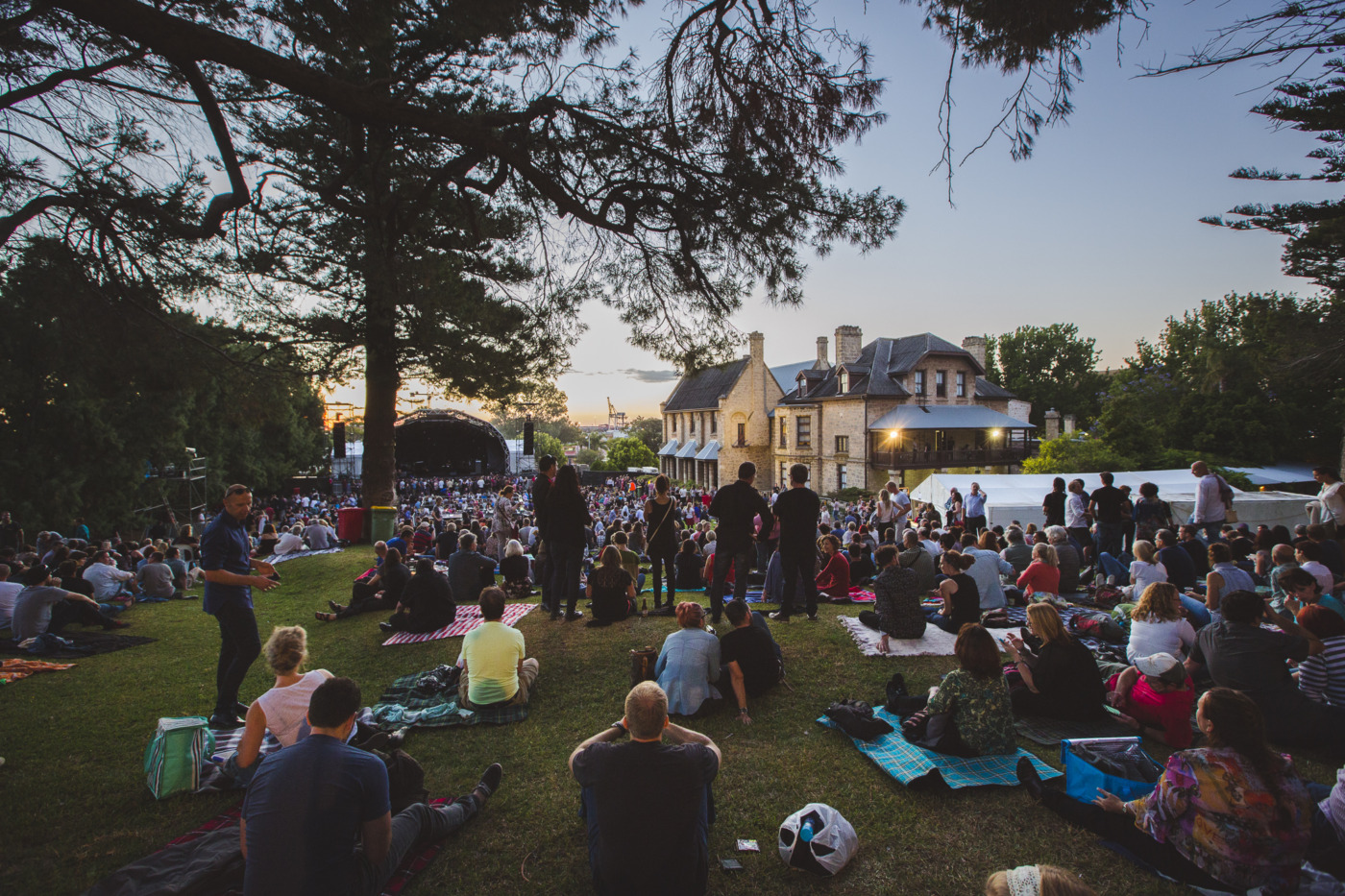One hundred years after the historic battle on its shores, Gallipoli ‘the beautiful city’ reflects upon Gallipoli’s contrasting history as a site of beauty, horror and for Australians, legend.
Gallipoli, derived from the Greek ‘kalli-pollis’ meaning ‘beautiful city’, has been a thoroughfare for conflicting civilizations from the Ancient Greeks right up to the ANZACs. Valued for its strategic position and fertile soils, the land has led a dual life of prosperity and destruction.
Lev Vykopal, a British-born artist who migrated to Australia, was fascinated by these contrasts and the enduring symbolic importance that Gallipoli holds in the modern Australian psyche, inspiring a 2013 residency on the peninsula.
The drawings, paintings, plein-air observations and graphic works exhibited are the result of that period. Drawing in-situ, Vykopal incorporated natural pigments from the landscape to document such iconic sites as the eroded gullies of Anzac Cove, the trenches at the Nek and the volcanic wilderness of Suvla. These beautiful and tranquil images show the peninsula as it exists today, and are at odds with the horrors experienced there one hundred years ago.






